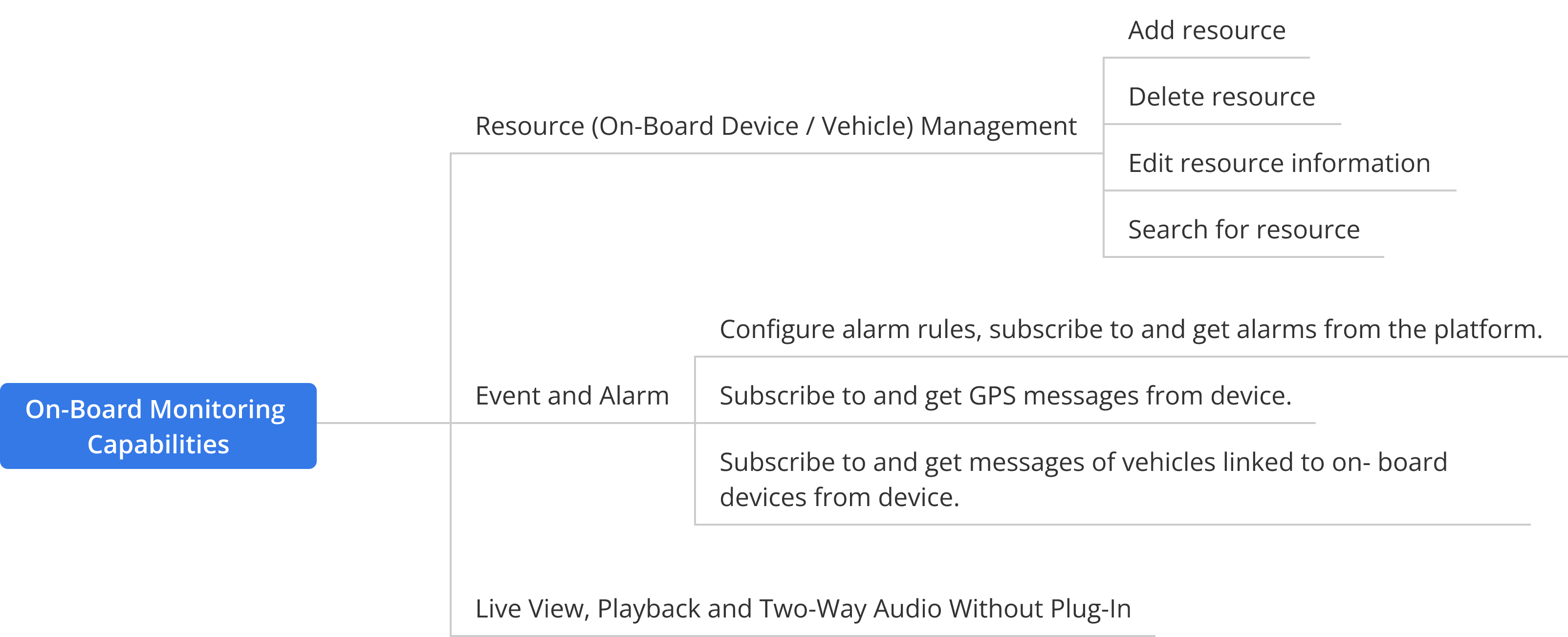

- Overview
- General Function
- Access Control
- Traffic
- Entrance & Exit Management
The HTTP protocol in RESTful-style, ISAPI is not bound by operating systems or programming languages and is suitable for network environments where "hardware and clients are in the same LAN or private network with fixed IP addresses" or "hardware or routers connected to hardware have fixed public IP addresses or domain names". It supports a variety of network hardware devices including general/intelligent cameras and NVRs, access control products, traffic products, intercom products, alarm products, thermal products, control products, and more.
- OTAP SDK
- USB SDK
- Web SDK


The OTAP (Open Things Access Protocol) SDK is provided in the form of dynamic link libraries, including versions for Win32, Win64, Linux32, and Linux64. It is suitable for network environments where "hardware devices do not have fixed IP addresses." It will gradually support various network hardware devices, including general/intelligent camera and NVR products, access control products, traffic products, intercom products, alarm products, thermal products, transmission & display products, control products, and more. Its functional features include support for device registration, preview, playback, voice intercom, event reception, OTA upgrades, gateway and sub-device management, parameter configuration, etc.


The USB SDK developed based on the UVC protocol or HID protocol is provided in the form of dynamic link libraries, including versions for Win32, Win64, Linux64, and Android mobile systems. It supports Hikvision-related USB hardware devices.


The Web SDK provides the basic video-related functionalities such as preview, playback, and PTZ control on web pages by JavaScript. It is suitable for network environments where "hardware and clients are in the same LAN or private network with fixed IP addresses" or "hardware or routers connected to hardware have fixed public IP addresses or domain names."
For Web SDK Version 3.2 supports Google Chrome and Mozilla Firefox browsers but requires hardware device support for the WebSocket streaming protocol. Version 3.3 requires installation of the HCWebSDKPlugin control and supports Google Chrome version 57+ and Mozilla Firefox version 52+. It is recommended to use IE browser for integration with WEB3.2 development package, and for non-IE browsers, use the WEB3.3 development package.
The Device Gateway connects access control devices and encoding devices with third-party platforms for data transmission over LAN or WAN. You can add and manage ISUP-enabled encoding devices and ISUP5.0/ISAPI-enabled access control devices for integration with third-party platforms.


- Overview
- Application Management
- Permission Management
- Open Capabilities
- Container Management


Provides methods for installing, deploying, starting, stopping, and uninstalling third-party applications, monitors the running status of applications, and promptly restores applications in abnormal states. It also offers functions such as log export and resource management for applications.
Effectively controls the permissions required by third-party applications, allowing users to have a clear understanding of the resources used by applications to protect user privacy and device security.
Resource isolation between all installed applications. To ensure the expected performance of third-party apps through installation-state and running-state resource verification.
- What is OTAP
- Why OTAP
- OTAP Pull Mode
- OTAP Push Mode



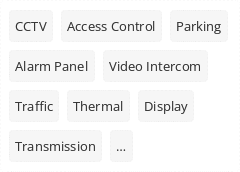





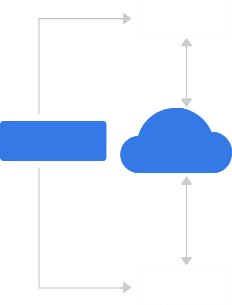

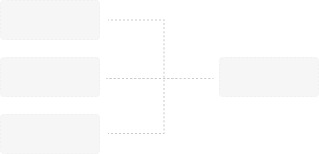
Full data encryption


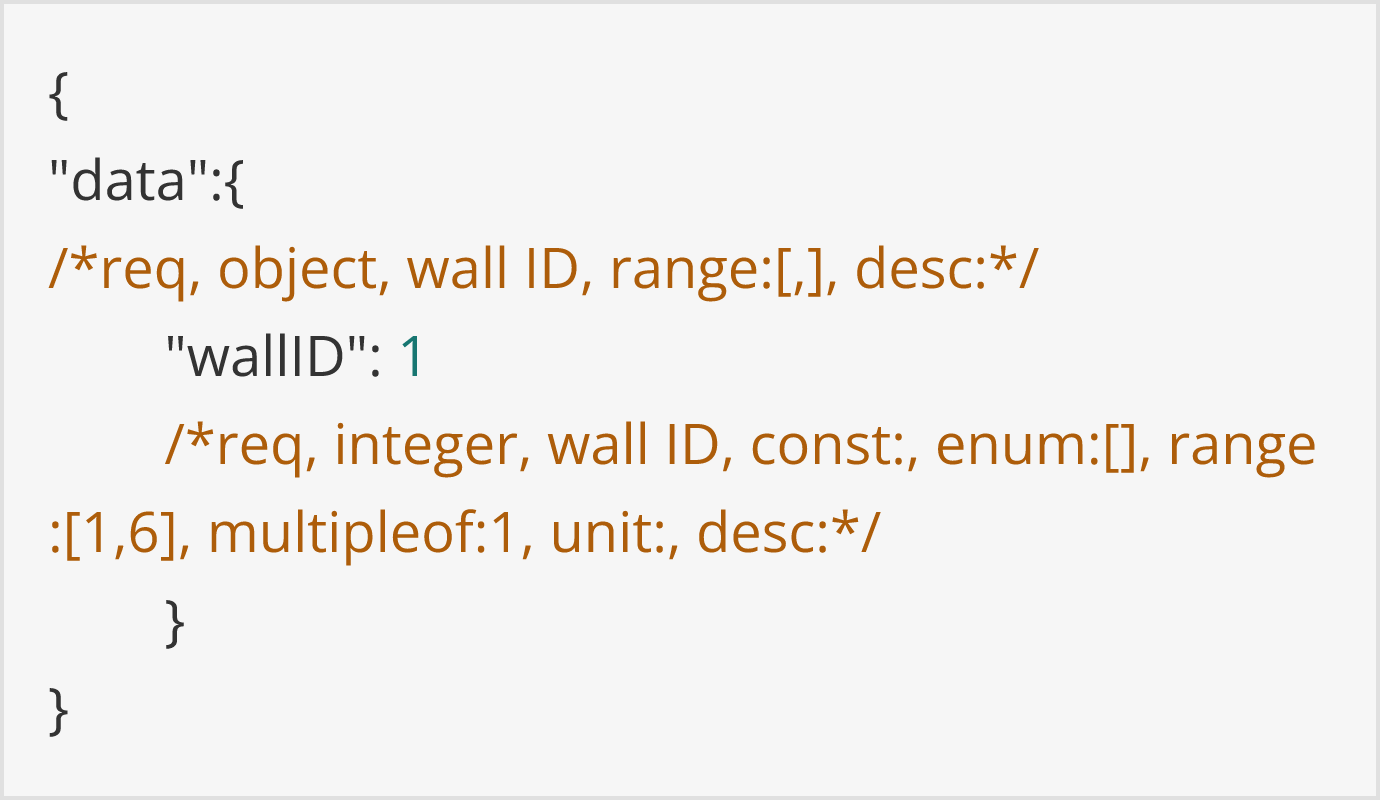
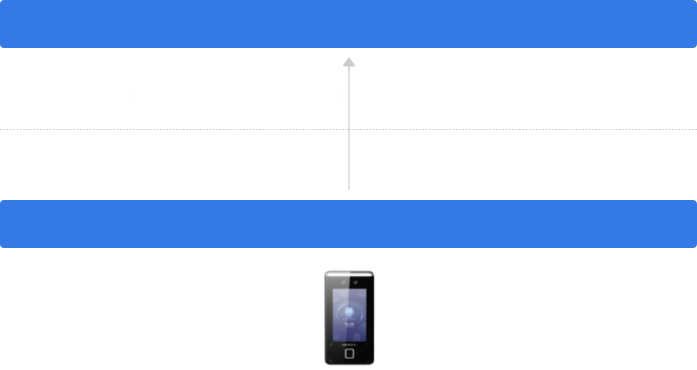
- Common Application
- Resource Management
- Event and Alarm
- Video Application
- ANPR
- Parking Lot Application
- On-Board Monitoring
- Digital Signage
- Intelligent Analysis
Get general information or general applications (e.g., platform service information), which might be related to multiple service applications.
Resource management includes APIs for full synchronization and search by condition of devices and servers (encoding device, access control device, recording server, Intelligent Analysis Server, streaming server, and on-board device), sites, areas, cameras, alarm inputs/outputs, access points, person information, and license plate information.
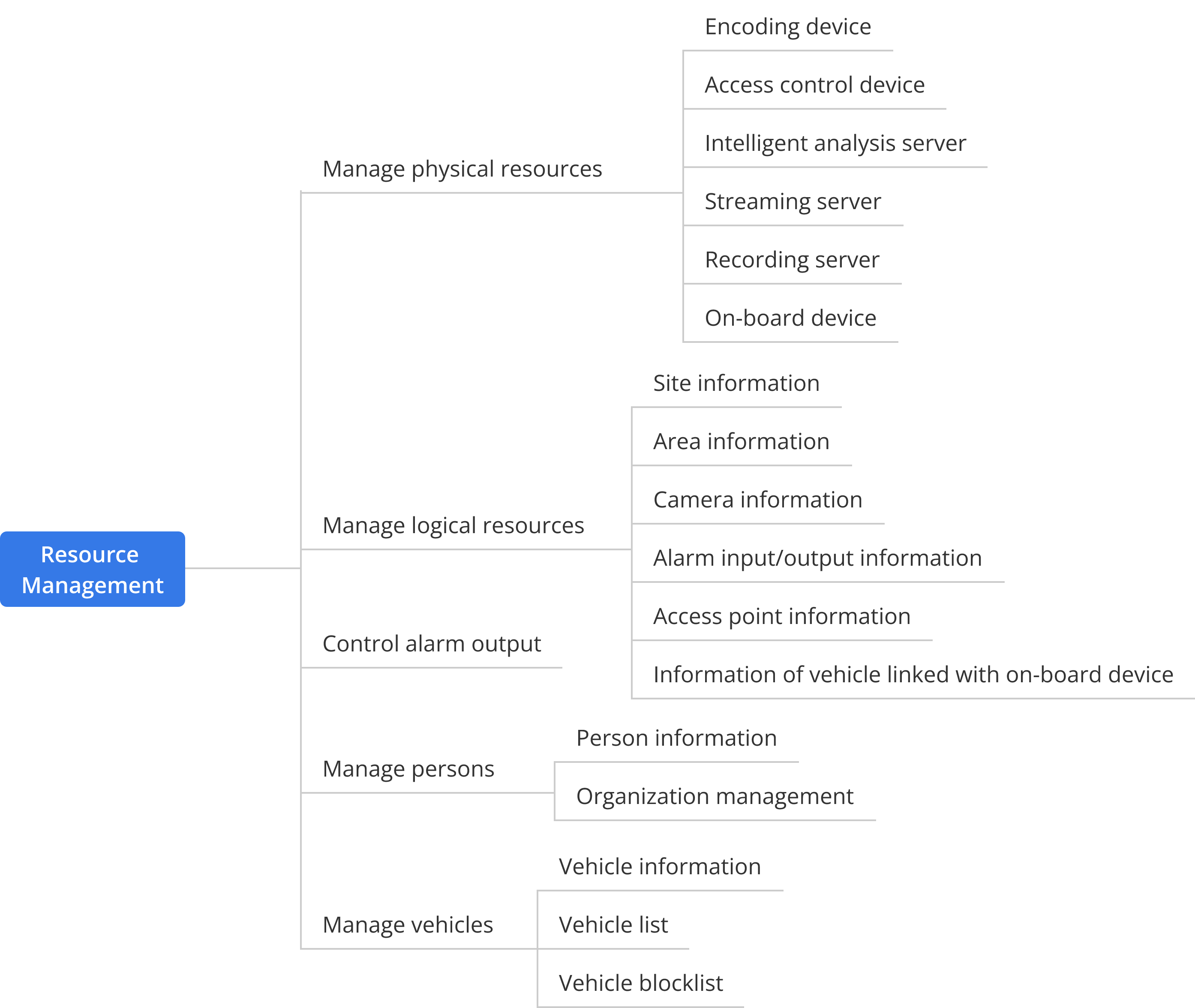
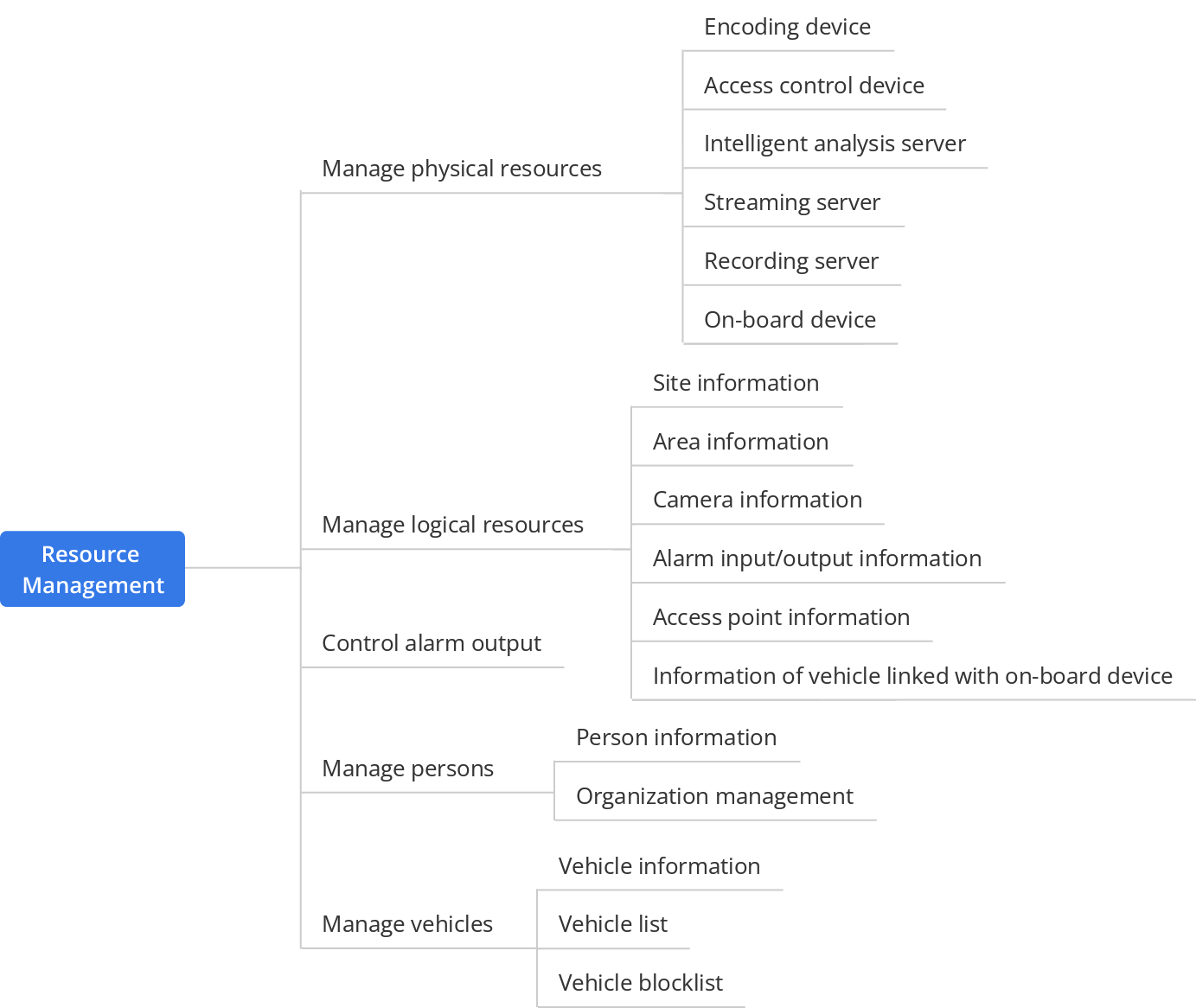
Event is a signal that resource (e.g., camera, device, server) sends when something occurs.
Capabilities provided:
1. Event subscription: You can subscribe to events by event type or cancel the subscription as needed.
2. Real-time event push: Callback addresses in both HTTP and HTTPS format are supported.
3. Event and alarm search / picture download: You can search for event and alarm records, and download relevant pictures.
4. Generic event rule and alarm configuration.

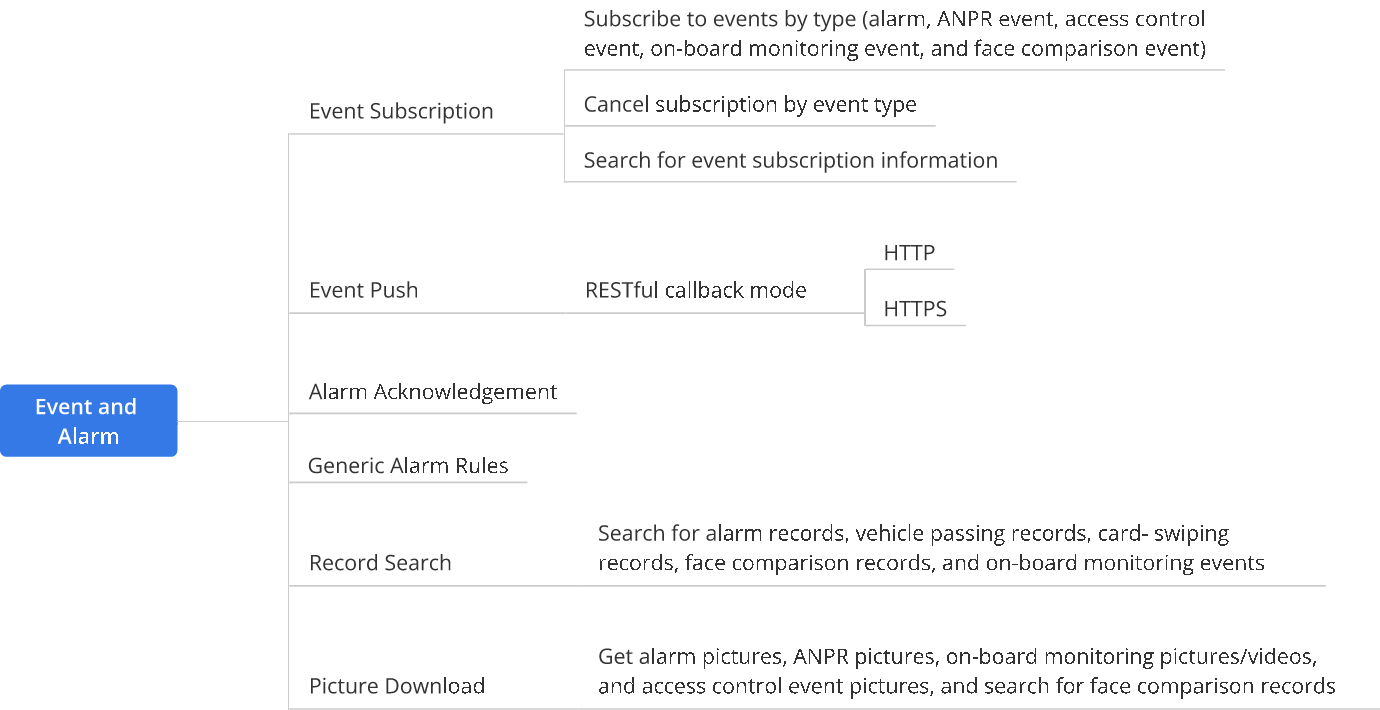
The video application and development includes video monitoring, video analysis, and other
extension applications based on videos.
Capabilities provided:
1. Video streaming: Live view, playback, two-way audio, and video download.
2. PTZ Control: 3D operations (rotate camera, move focus, adjust focal length (zoom in/out),
enlarge/reduce iris), jumping to preset, and starting patrol.
3. Intelligent Recognition: Search for matched faces / human bodies.
4. Picture capture by camera.
5. Person/Vehicle Tag Search: Get the tags of the person/vehicle-detected videos recorded by cameras.
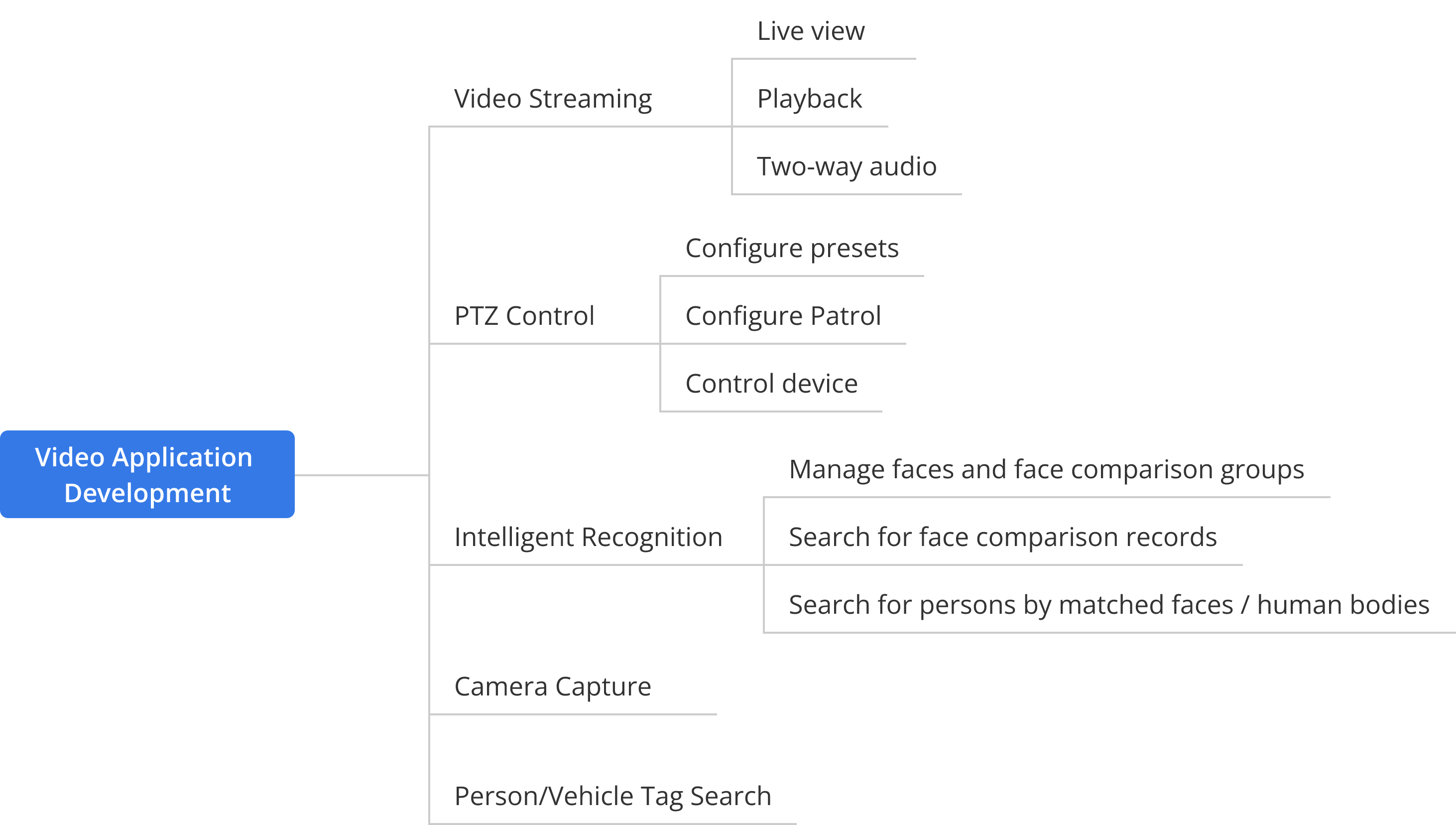
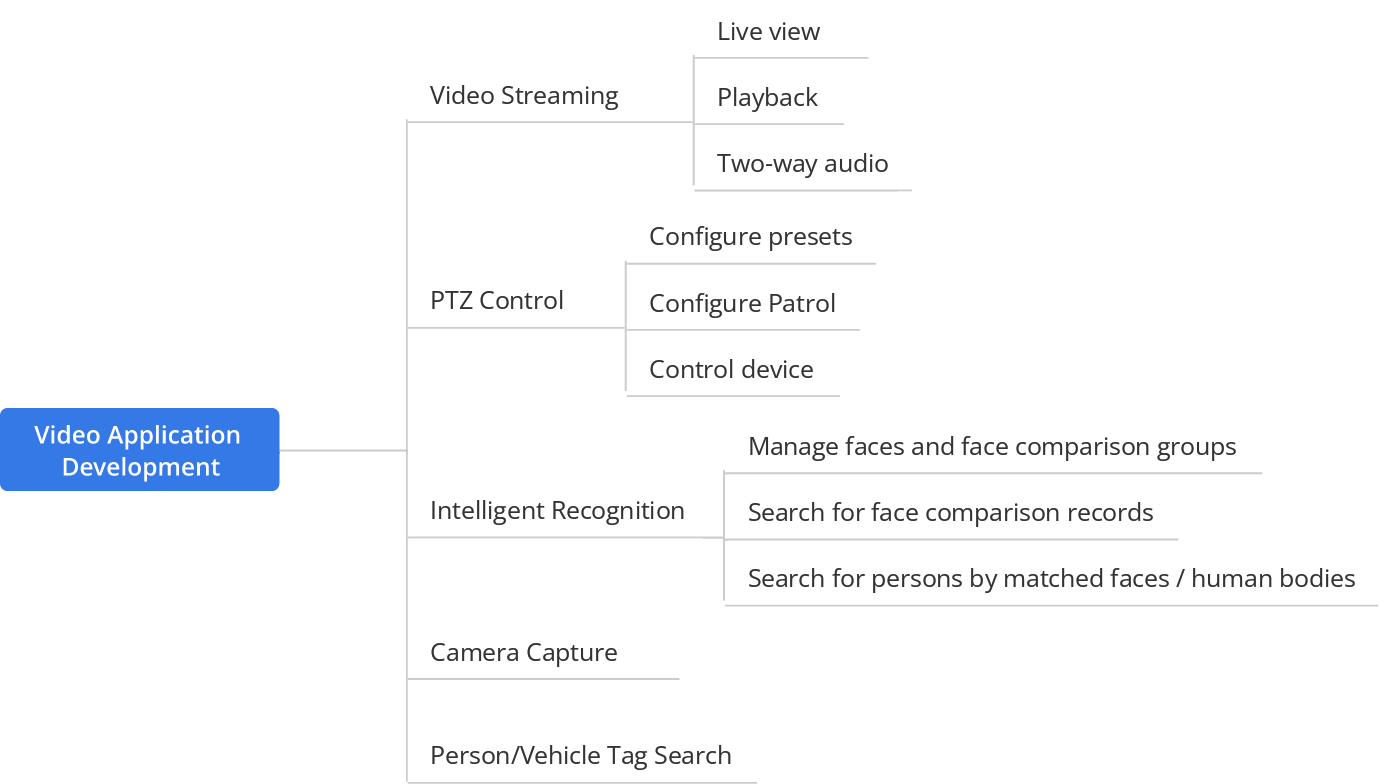
The ANPR application provides the capability of vehicle recognition, including ANPR event upload, ANPR record search, and vehicle picture download.
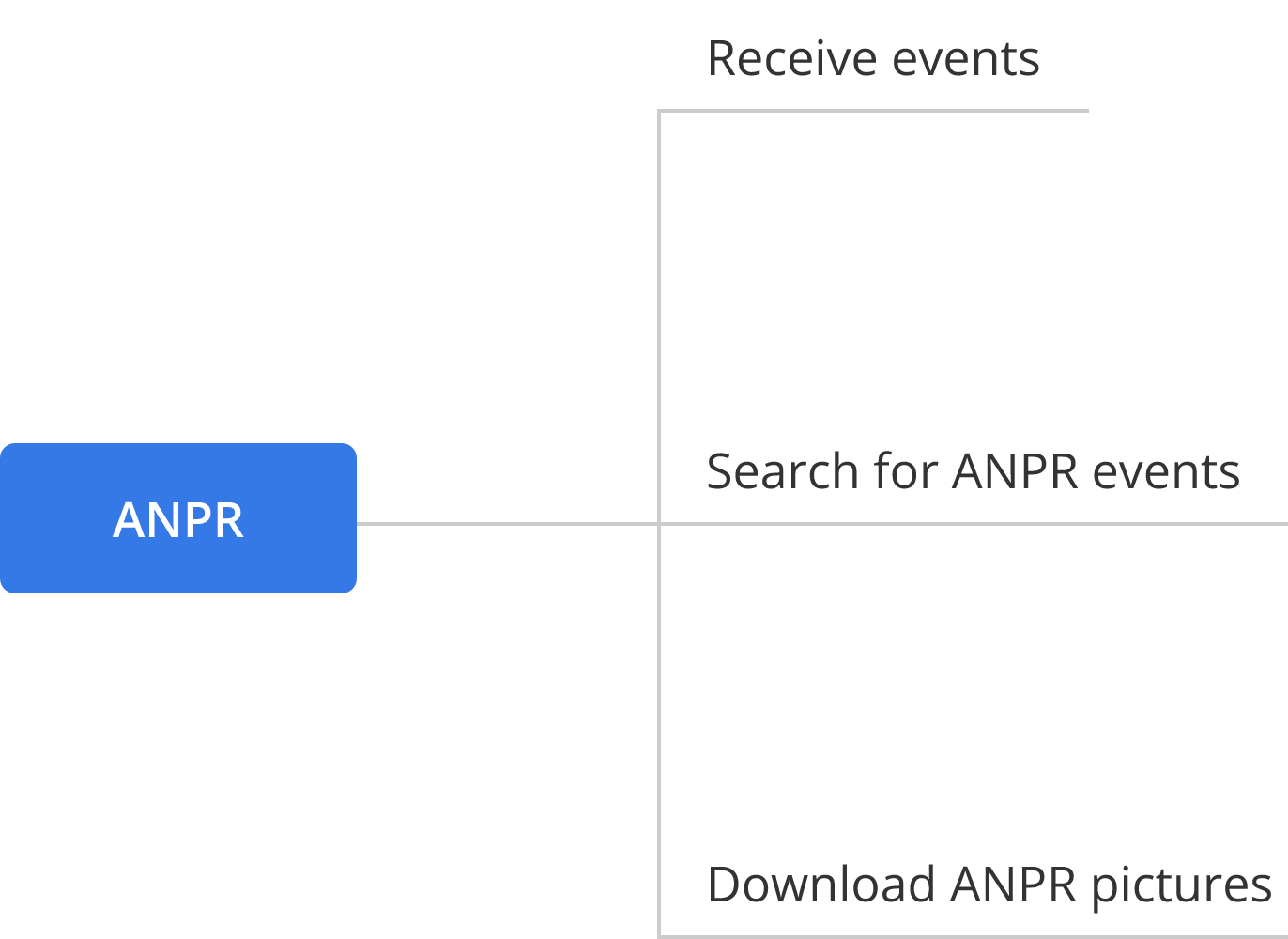
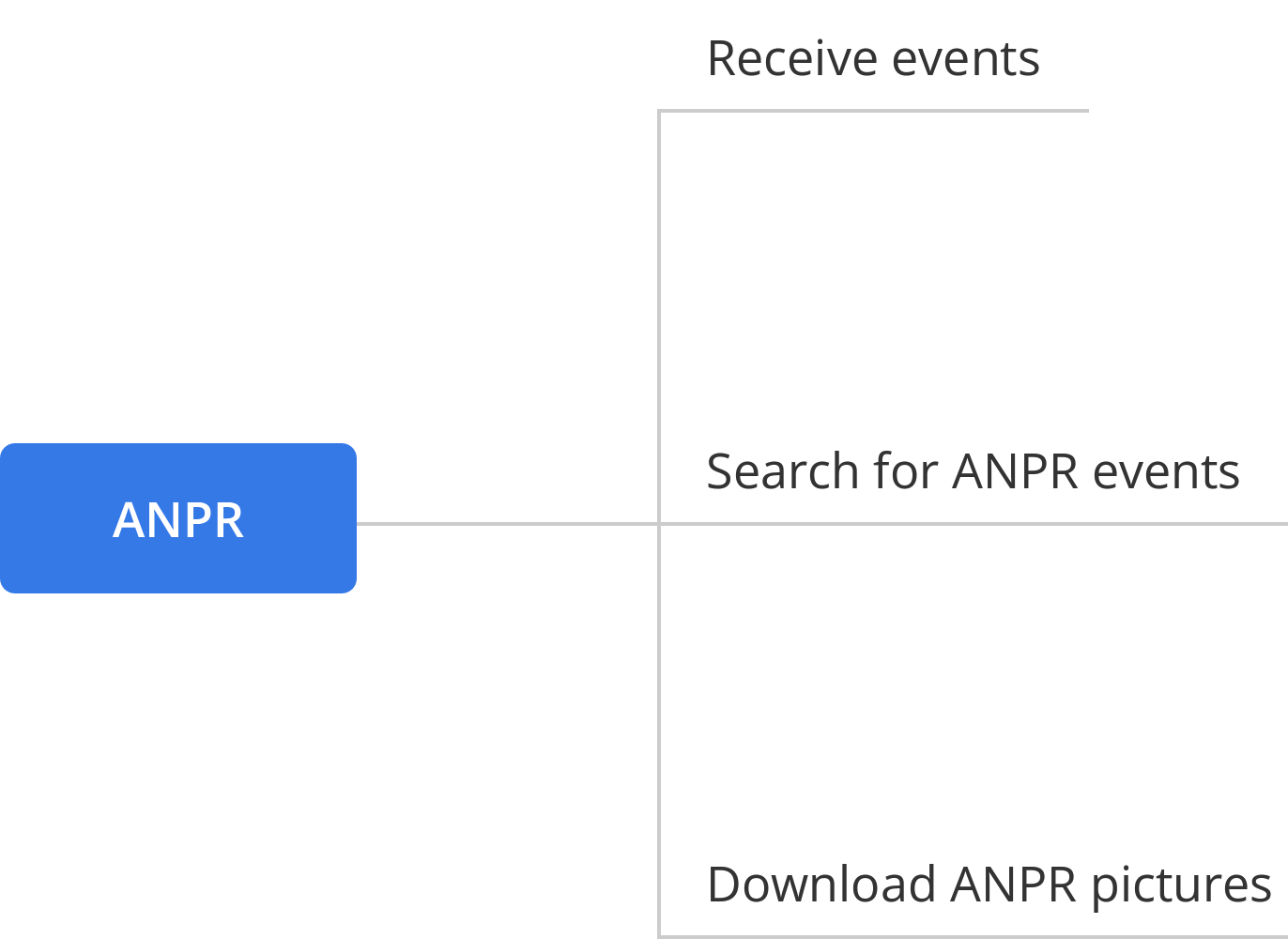
The parking lot application includes searching for vehicle passing records, searching for vehicle parking records, getting the real-time occupancy of parking spaces, getting the parking fee information, etc.
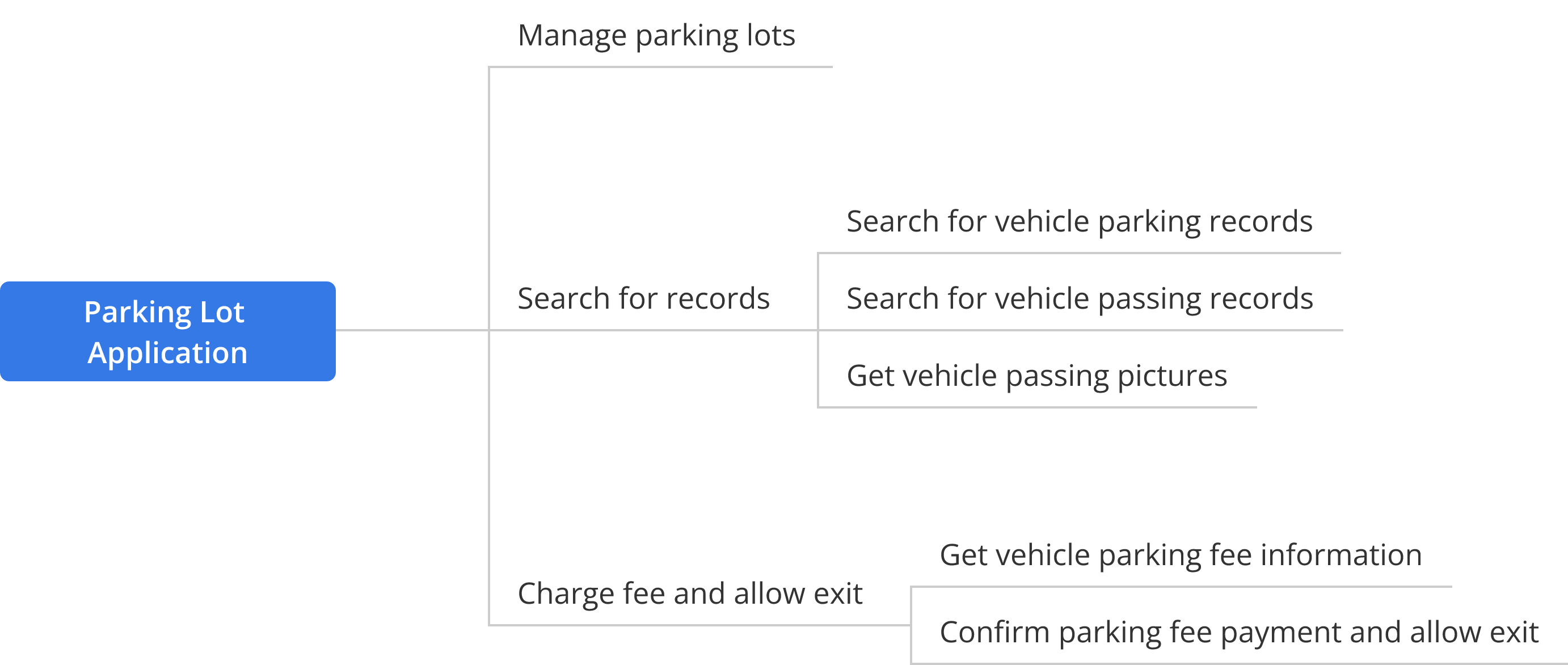
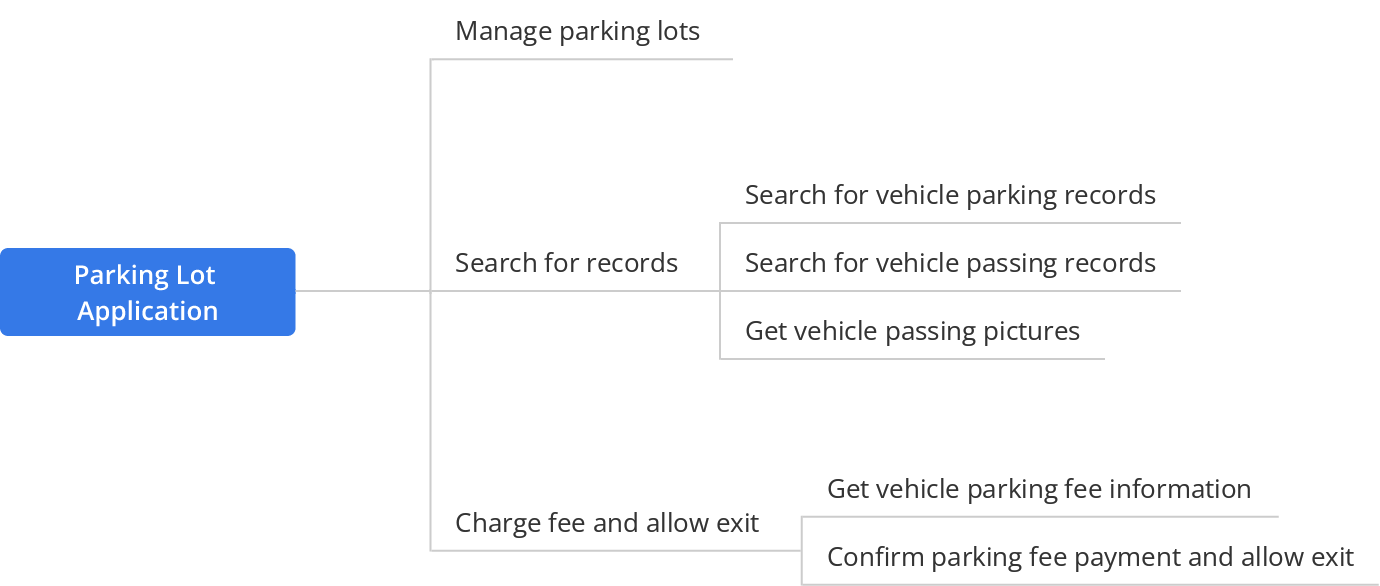
The on-board monitoring capability is about managing on-board monitoring devices, getting detailed information of GPS statistics, searching for event information of an on-board device, and searching for event records of on-board monitoring.

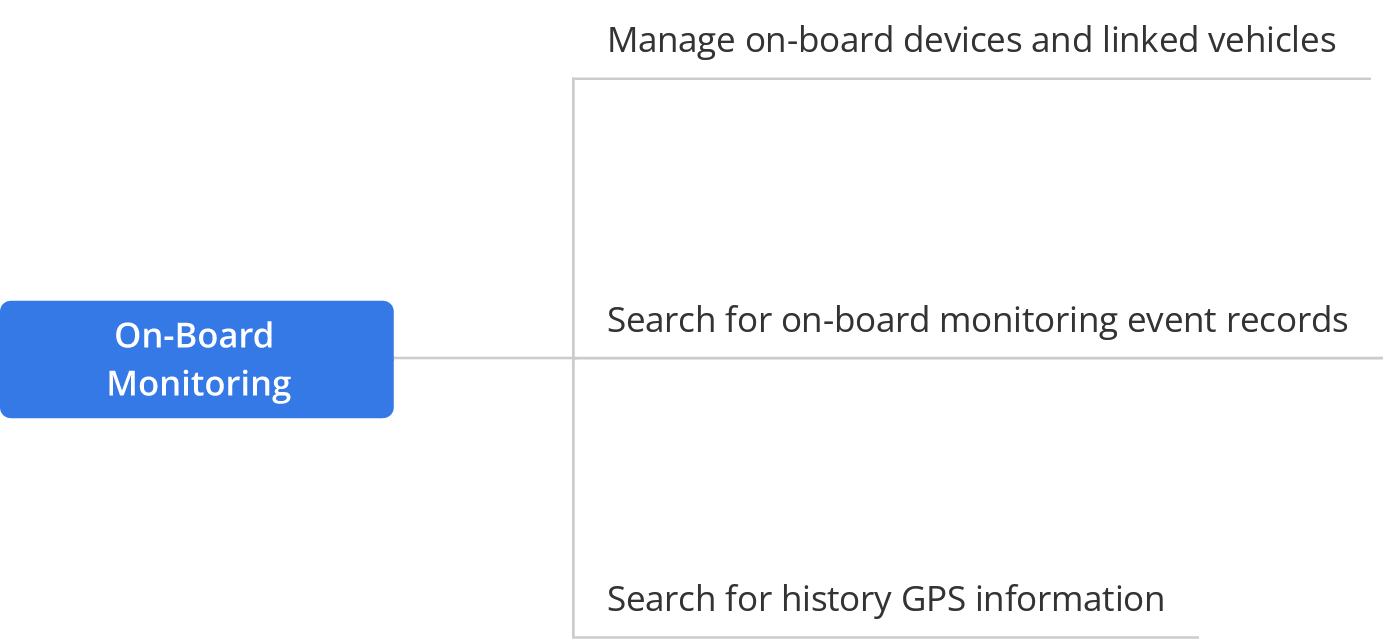
You can upload dynamic materials of third-party data source, link them to a program, and push data by updating the data source. The digital signage capability is about searching for the data source, updating the data source, and batch updating data sources.

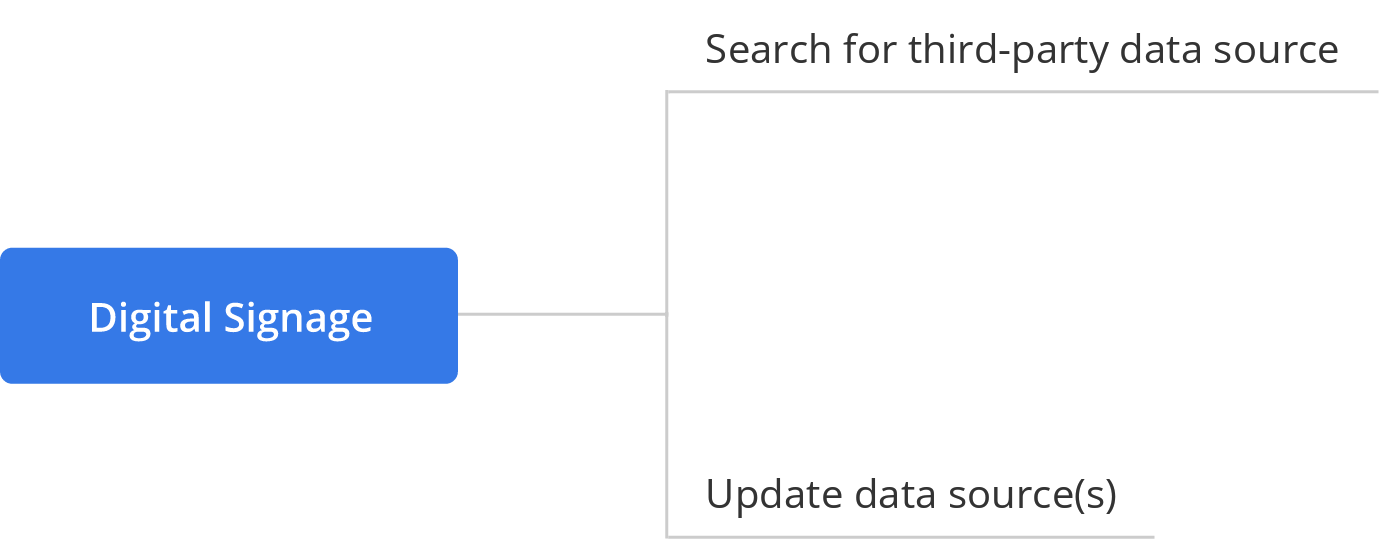
The intelligent analysis provides video application based intelligent analysis data including people counting and heat map statistics.
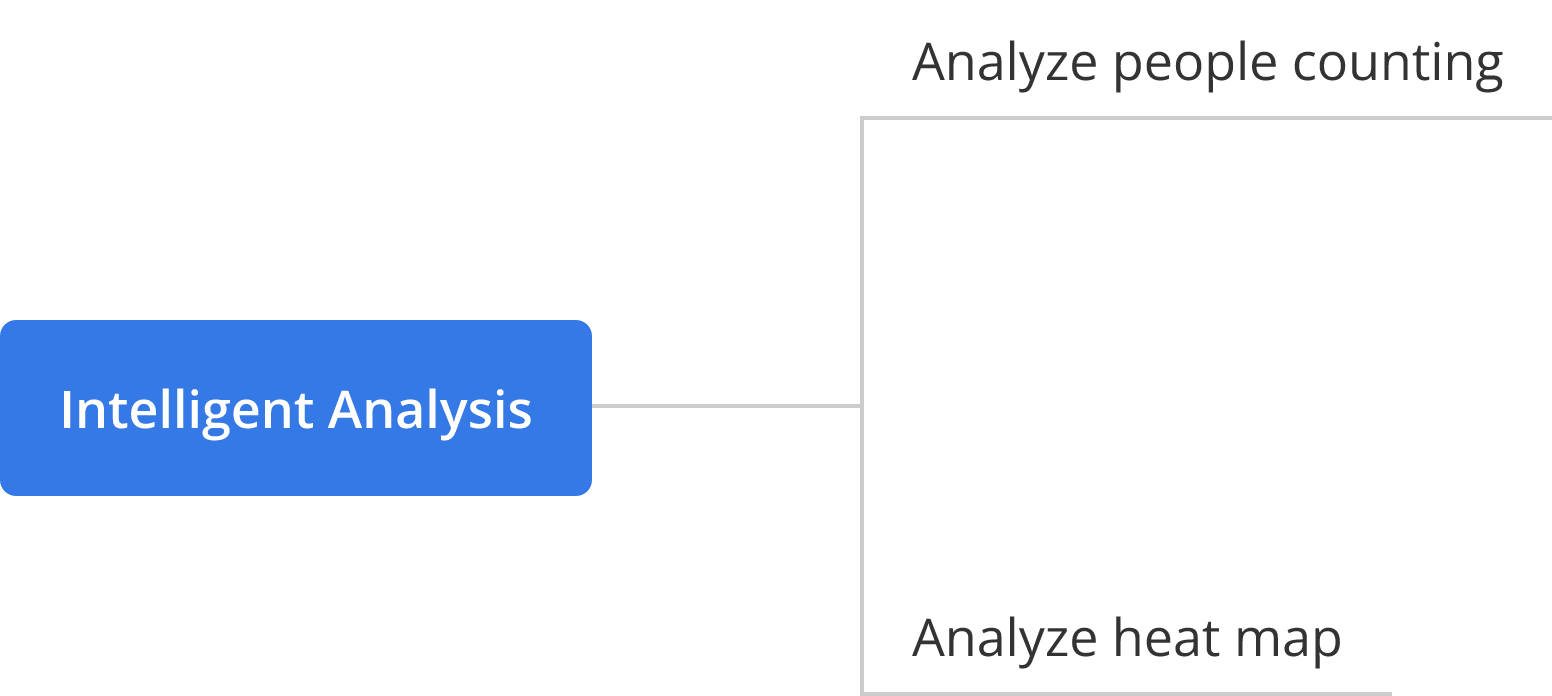
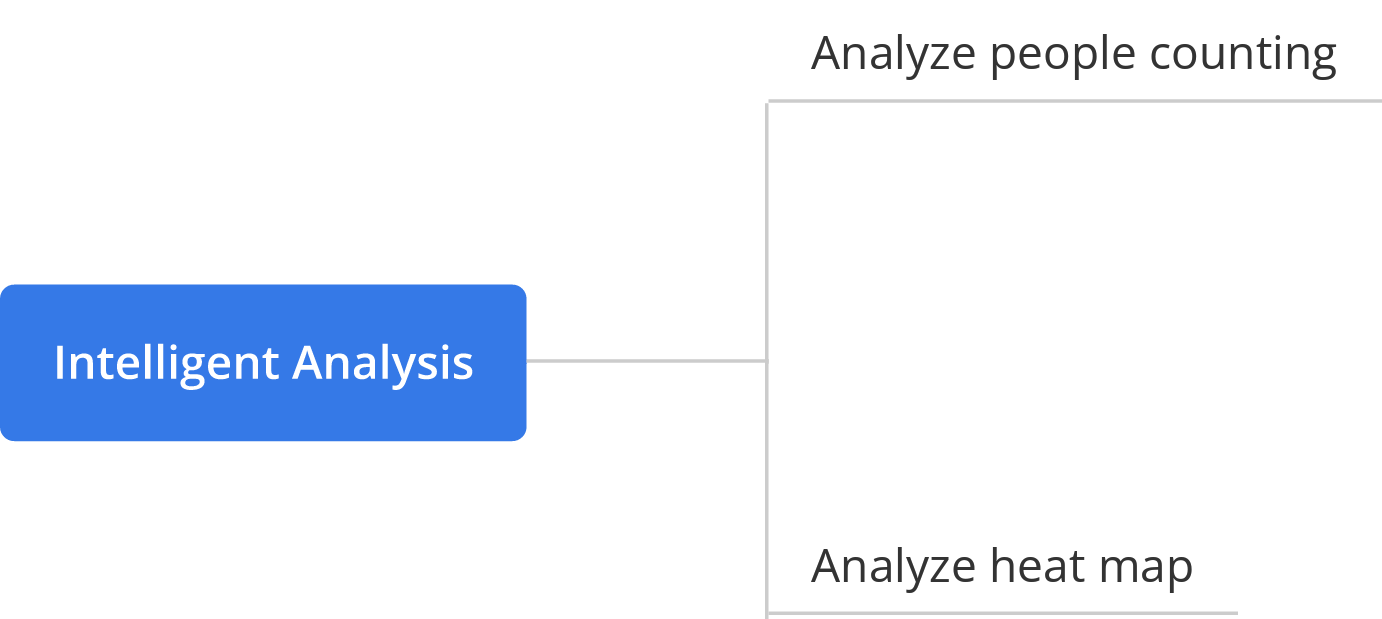
- Overview
- Site Management
- Device Management
- Events and Alarms
- ARC Service
- VSaaS Service
Hik-Partner Pro (HPP) provides partners with efficient device management/ARC services with OpenAPI.

Site Management and Site Sharing Management.
Device Management: Add, delete, edit and search devices, as well as configuring and operating devices.
Events refer to device online/offline events, reported events and alarms by devices, and inspected events from Hik-Partner Pro.
Get the list of devices with ARC service enabled, Disable the ARC service of devices, or get the site information of devices with ARC service enabled
VSaaS integration is mainly video-related functions, including live view, playback, video download, and two-way audio.
- Overview
- Resource Management
- Subscribe to and Get Alarms
- Live View / Playback
- Person Management
- Access Control
- Video Intercom
- On-Board Monitoring Management

Resource capabilities are about services concerning getting device information including area information, camera information, alarm information, etc.
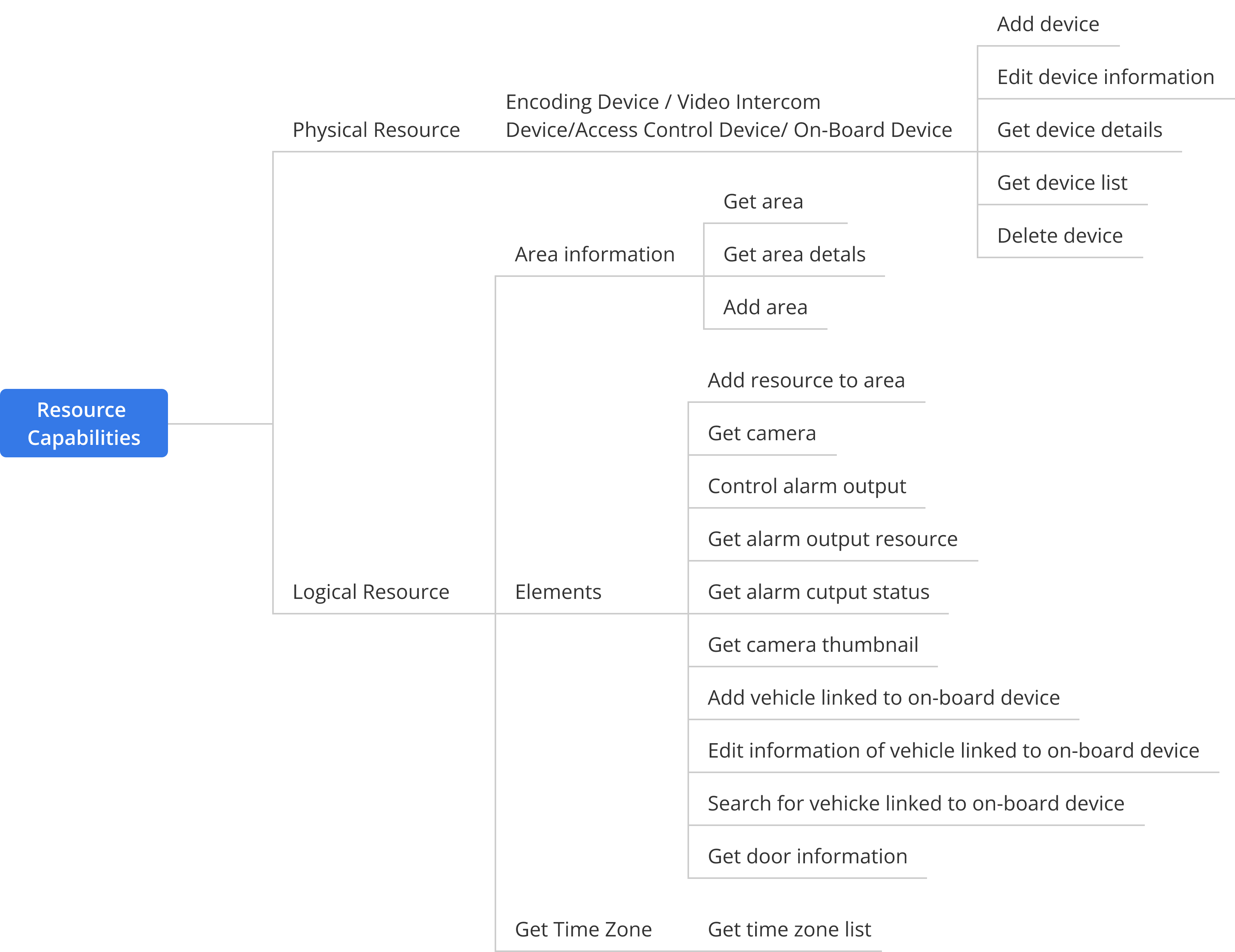

Alarm capabilities are about services such as getting alarm rules, editing alarm rules, subscribing events, and getting alarm messages.
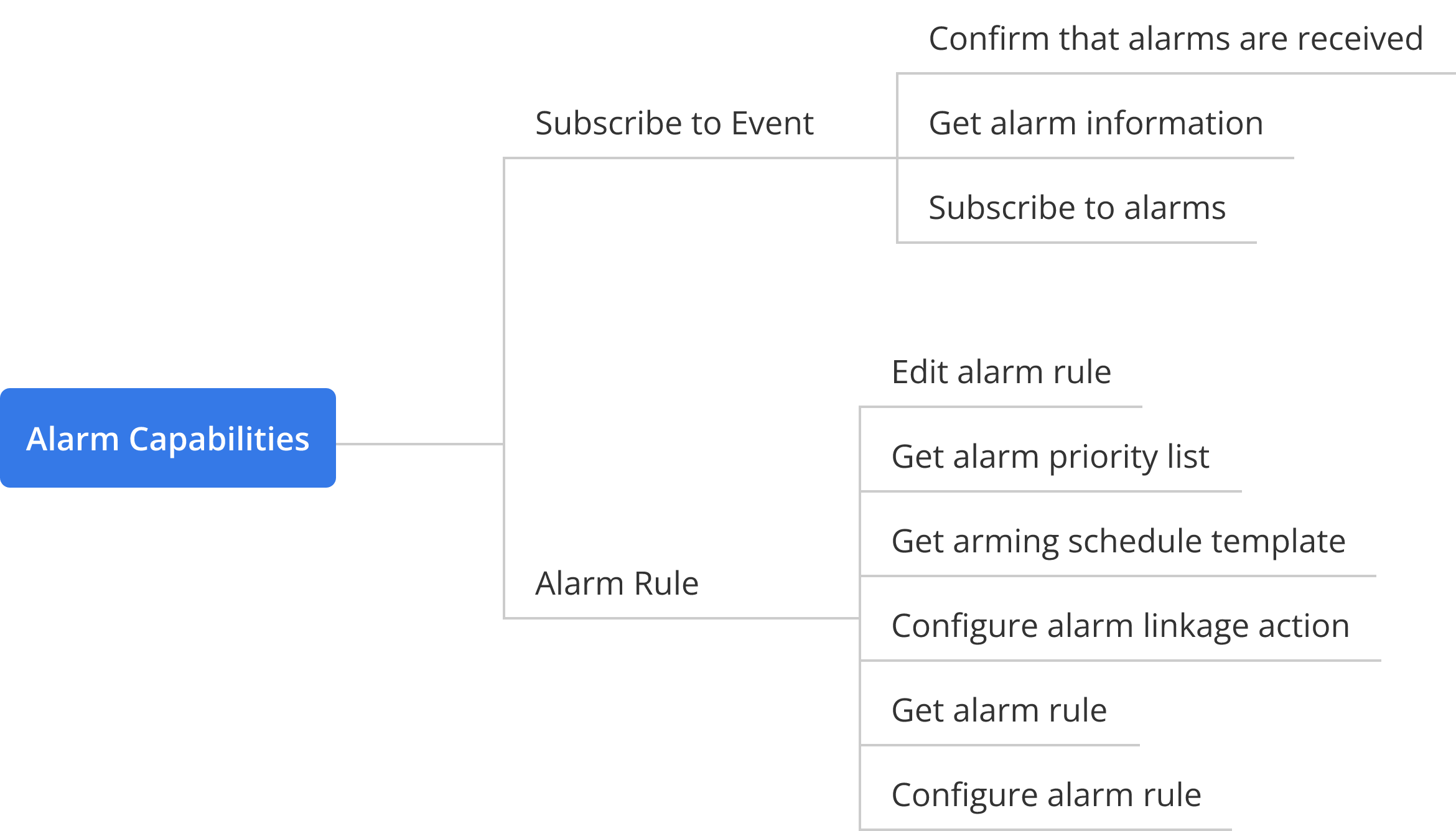
Video capabilities are about services including getting recording schedule templates and getting playback addresses.

Person management capabilities include getting department list, adding/deleting persons, updating basic information of persons, viewing information of single person, searching for person list, collecting/updating fingerprints, collecting/updating cards, updating PIN code, updating face pictures, and fast adding persons.
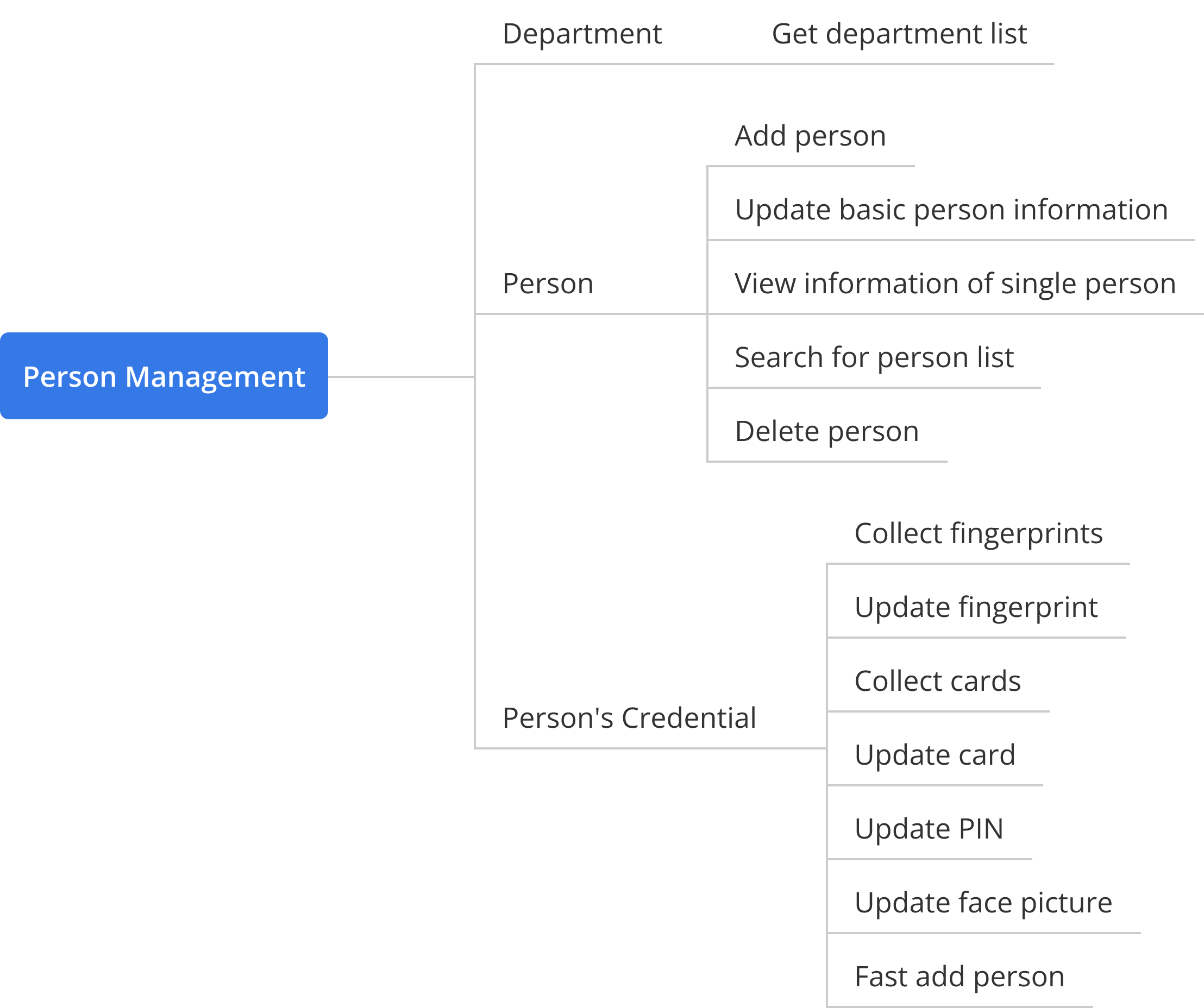
Access control capabilities include opening door remotely, getting Bluetooth encryption information, searching for card swiping records, and applying person's access level.

Video intercom capabilities are about services including building/room management, resident management, temporary pass management, and call management.
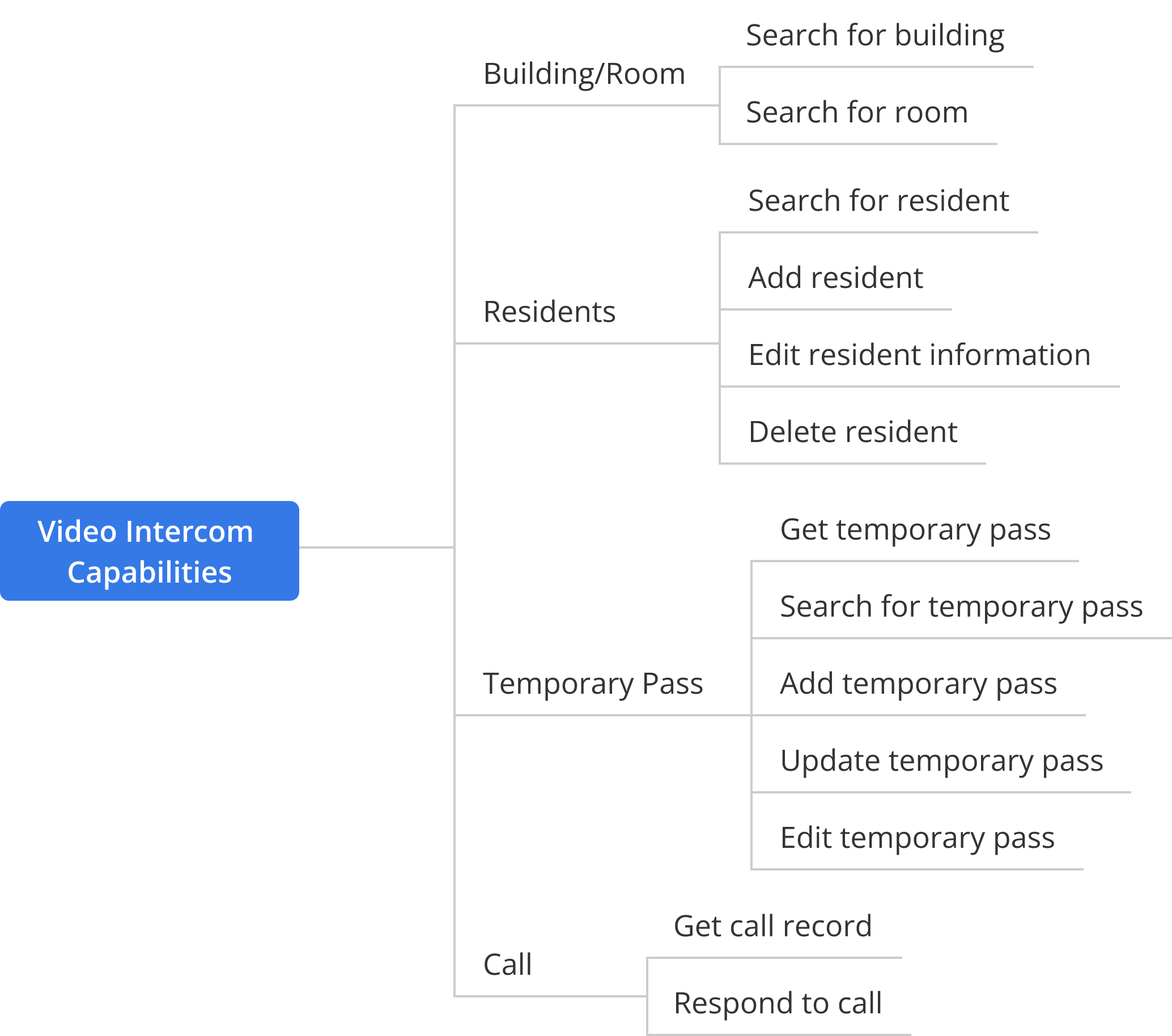
On-board monitoring capabilities are about services including managing on-board devices and vehicles linked to on-board device, subscribe to and get alarms and messages, etc.
